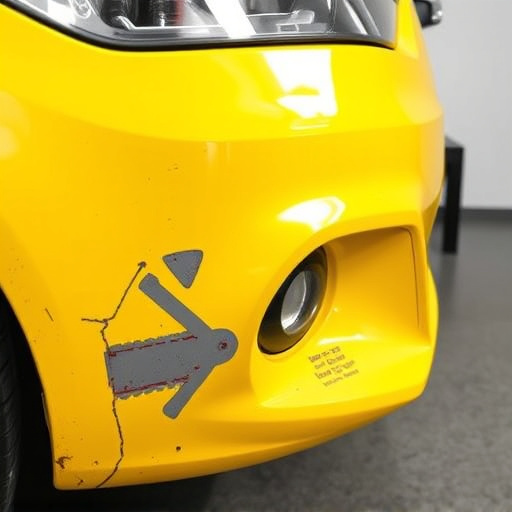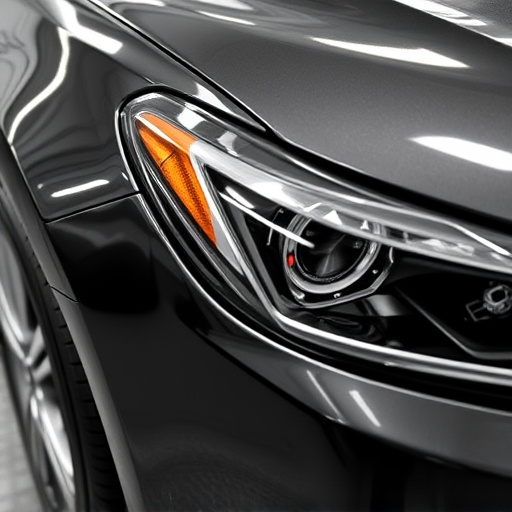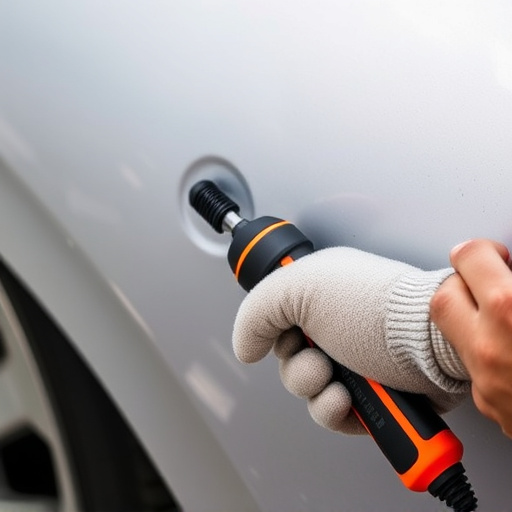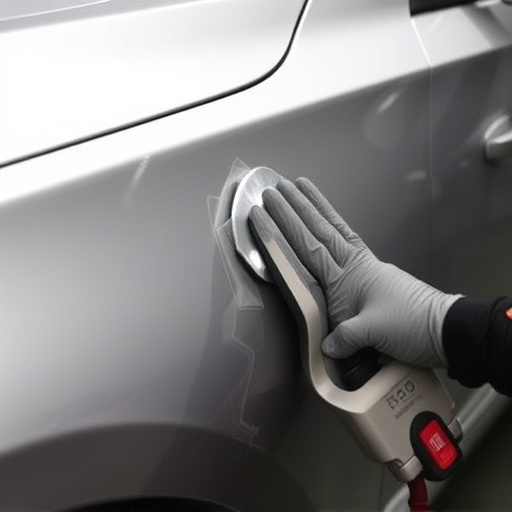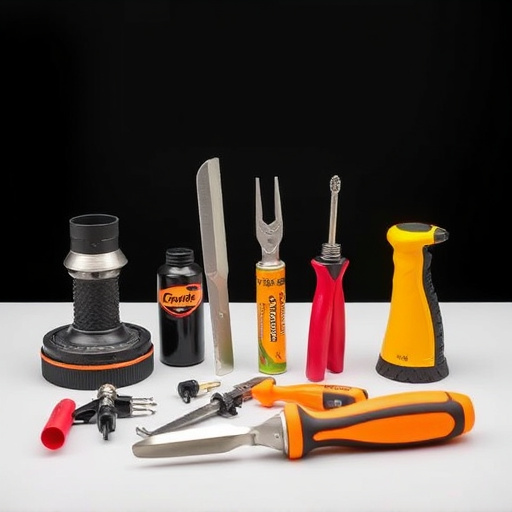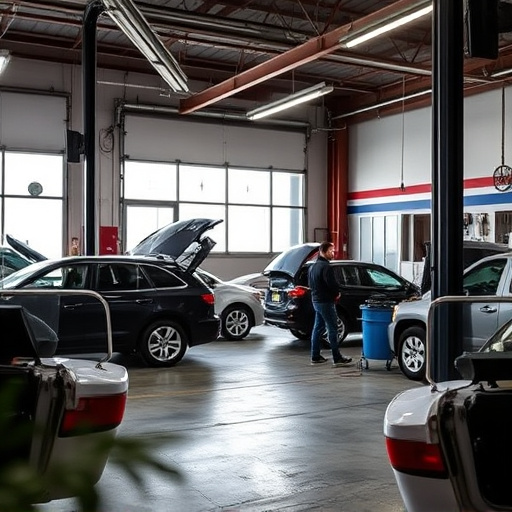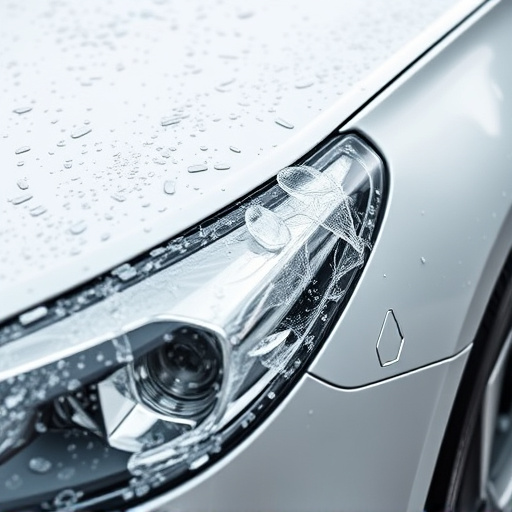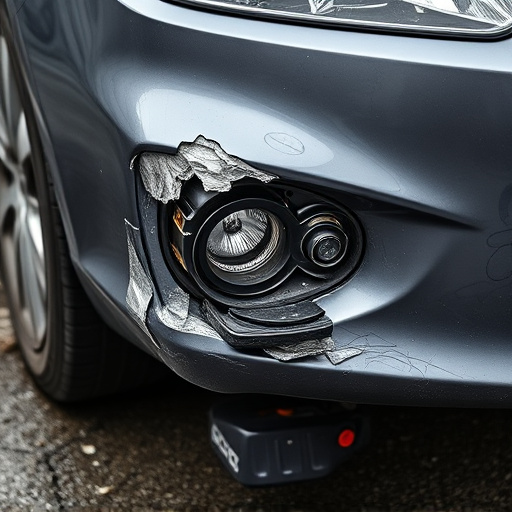A thorough alternator inspection after an accident is vital for identifying electrical issues beyond visible damage. Check for frayed wires, exposed terminals, and fluid intrusion indicating internal harm. Test voltage output to ensure proper charging, as low or fluctuating volts suggest broader repair needs beyond dent removal or auto glass replacement.
After a crash, identifying voltage irregularities is crucial for safe vehicle operation. This guide helps you navigate the process of assessing electrical health post-accident. Start by examining external damage, as visual clues can hint at potential internal issues. Next, inspect wiring meticulously for signs of fraying or damage. A key component to test is the alternator: ensure it functions optimally and produces the correct output voltage. These steps are vital for a thorough alternator inspection after an accident, ensuring your vehicle’s reliability and safety.
- Assess External Damage for Clues
- Inspect Wiring for Signs of Fraying
- Test Alternator Function and Output Voltage
Assess External Damage for Clues
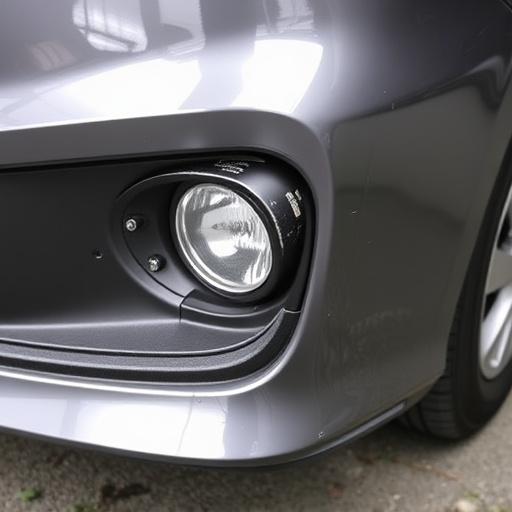
After a crash, the first step in identifying voltage irregularities is to perform a thorough assessment of the external damage. Look for any signs of impact or strain on components that could affect electrical systems, such as the alternator. An alternator inspection after an accident is crucial because it’s often a primary source of power for various vehicle systems. Cracks, dents, or misalignment can indicate stress that might have compromised its functionality.
During your external assessment, consider the overall condition of the vehicle’s body and electrical connections. In an automotive collision repair, damaged wires or connectors could be responsible for voltage fluctuations. Keep an eye out for exposed or frayed cables, corroded terminals, and any signs of fluid intrusion—all of which can lead to irregular power delivery and subsequent operational issues.
Inspect Wiring for Signs of Fraying
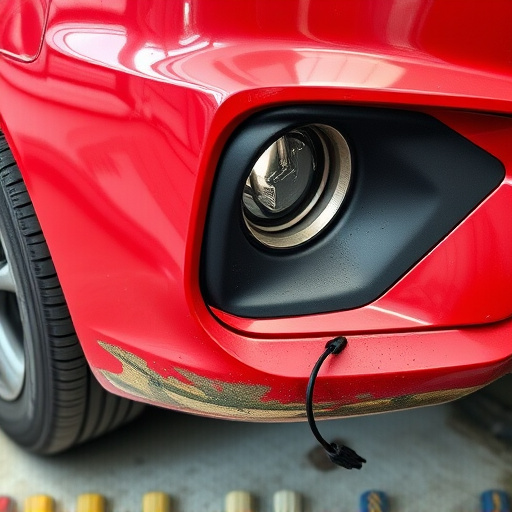
After a crash, one of the critical steps in assessing vehicle damage is to perform an alternator inspection after accident. While many might focus on visible dents and cracks, internal components like wiring can also suffer significant wear and tear. Delving into the electrical system, you’ll want to look for any signs of fraying or exposed wires. These indicators often appear as frayed insulation or bare wire segments, which could have been compromised during the collision.
During this process, consider the broader context of potential auto painting and hail damage repair that might be required if wiring issues lead to larger structural problems. A thorough alternator inspection after accident can help identify these irregularities early on, ensuring prompt repairs that extend beyond simple car paint services to comprehensive vehicle restoration.
Test Alternator Function and Output Voltage
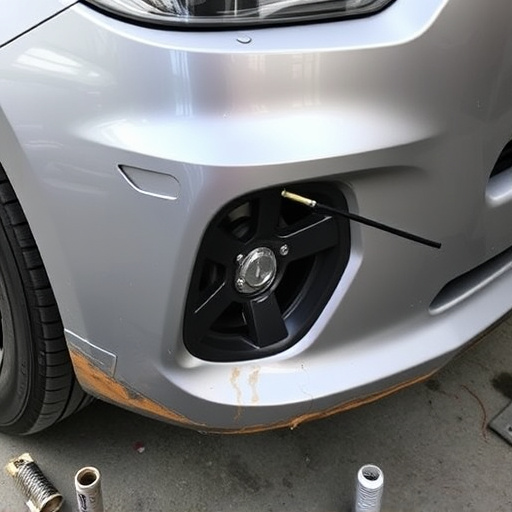
After a crash, one of the critical steps in diagnosing potential vehicle issues is performing an alternator inspection. The alternator plays a vital role in maintaining your car’s battery charge and powering electrical systems. To assess its functionality, start by checking for any visible damage during the initial alternator inspection after an accident. Look for cracks or leaks that could indicate internal problems.
Next, test the alternator’s output voltage with a multimeter. This process will help you determine if it is charging the battery at the correct level. A proper alternator should charge a fully discharged 12-volt battery to approximately 14-15 volts within a few minutes of starting the engine. If the voltage remains low or fluctuates, there might be an issue with the alternator itself or its connection points, requiring further investigation and potential repairs, which could include dent repair or auto glass replacement, depending on the overall damage from the collision.
After a crash, thorough inspection is key to identifying voltage irregularities. By assessing external damage, examining wiring for fraying, and testing alternator function and output voltage, you can gain valuable insights into potential electrical issues. Regular alternator inspections post-accident are essential for maintaining vehicle safety and ensuring reliable performance. Remember, early detection of voltage problems can prevent more serious mechanical complications down the line.
